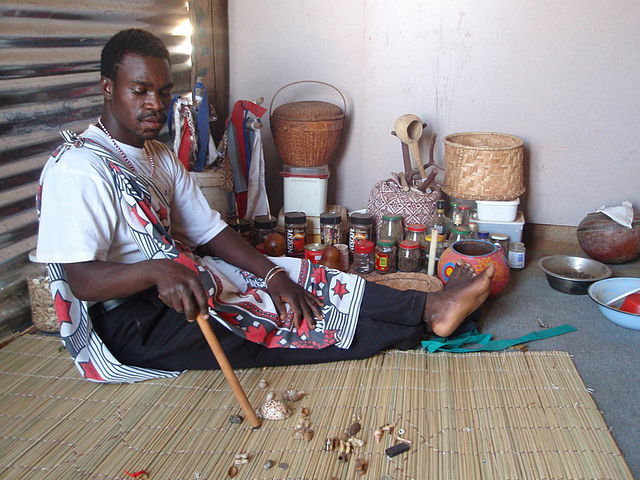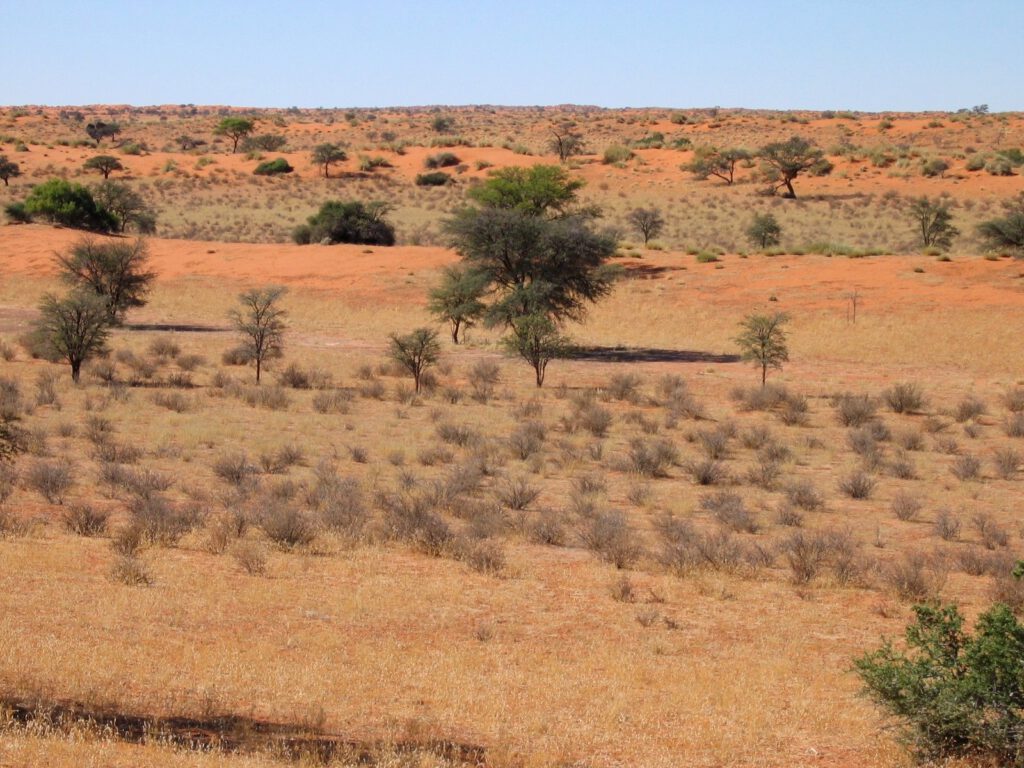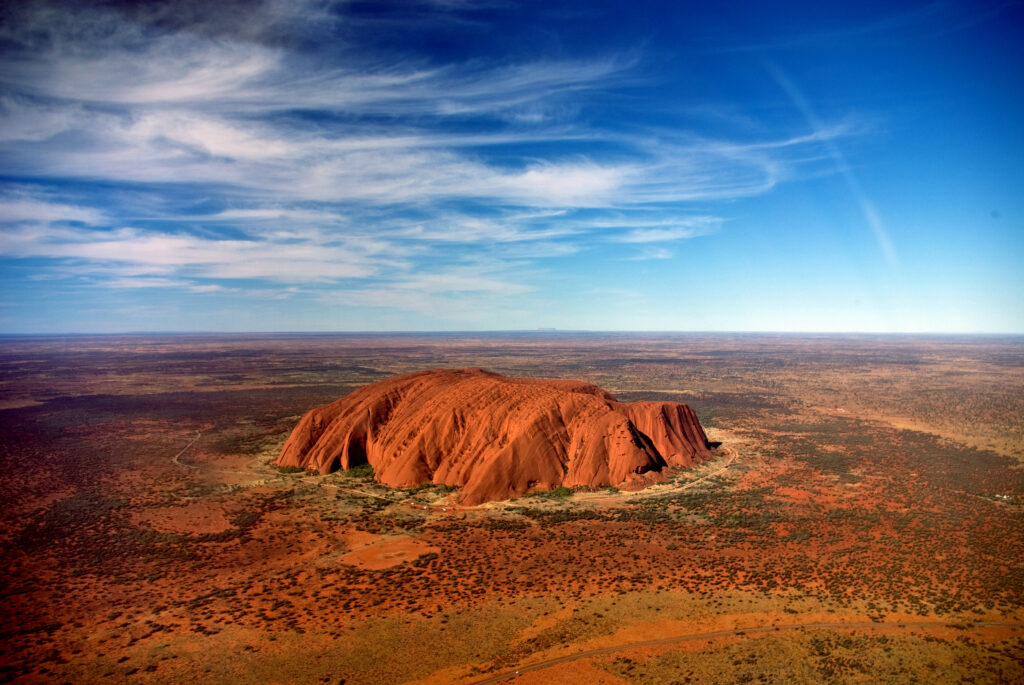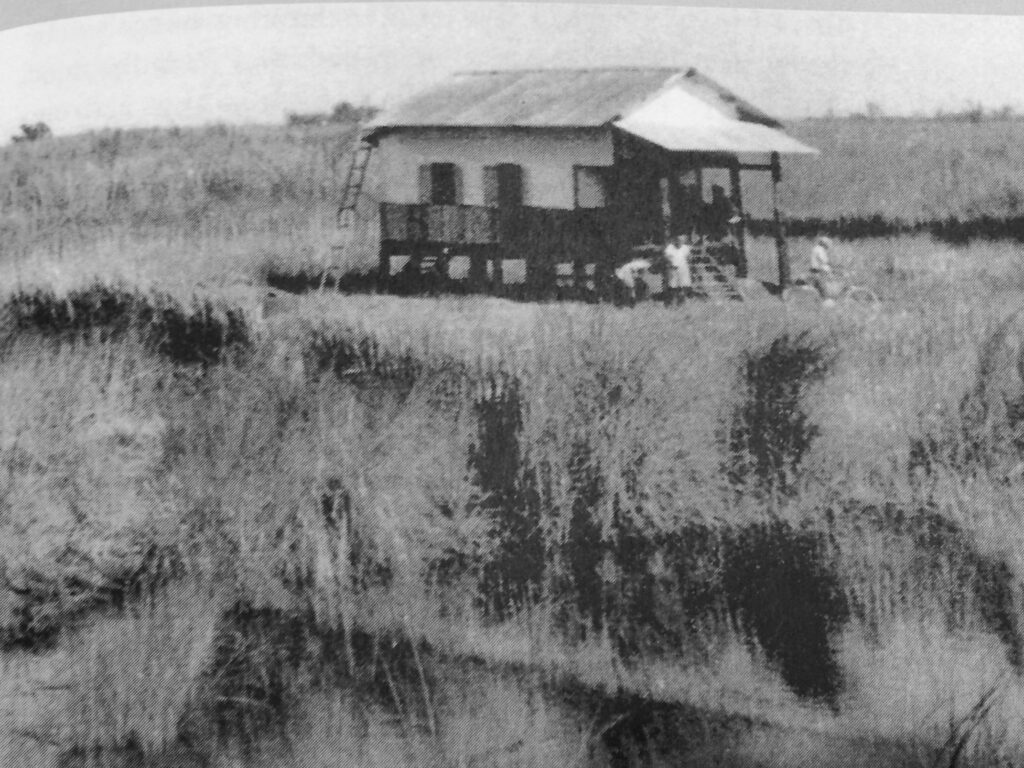Scattered across southern Africa, at highway intersections, as at village crossroads, an unnoticed dynamic is in play. In the dead of night, a traditional healer has crept on to the scene and buried there, in secret, the tools of a diviner’s trade: small bits of bone, shells, sundry coins, buttons and stones. In a region where western hospitals, not to say, clinics are sometimes beyond reach by reason of distance, culture or cost, it is these traditional healers, the bone throwers, who serve sufferers forgotten in the back country or stranded in urban townships.
Why these traditional healers are sought out is for what the bones will say about the riddles of everyday life: the force field that holds many in poverty, foreboding that leads to debilitating symptoms, families tattered by breakneck change, herds and fields beset by drought or locusts, and beyond – contagion and civil strife. What MRI or lab test, what western-trained physician or pastor, would illuminate the causes of such woes?

A young diviner, a bone-thrower, here explains the pattern of the bones and shells, in this case including apparently a single domino on the right side. The setting is suggestive – a quite modern western structure very likely in a town or city. The diviner has donned a piece of traditional fabric over common western garb, and he conducts the session barefoot and seated on a reed mat. His youthfulness would also suggest he is an apprentice. A background gallery of traditional and modern accoutrements says his practice is astride two worlds. Photo credit: wikimedia.commons
In pursuit of answers, seekers of every stripe – always in company, never alone – find their way to the diviners. And what is their edge that permits the best of them to lift the veil of confusion, those whose wheelhouse is a world of proverbs, of dreams, enigmas and myths, who are babes in today’s digital woods? That question leads back to the stealth visit to the crossroads. Many diviners believe that the bones are empowered to disclose secrets by their unnoticed roadside sojourn. Buried there night and day, as seasons come and go, as the stars swing overhead, the bones, they say, are listening – listening patiently to passersby: the murmurs of the grieving, the footfall of defeat, the easy chatter of friendship, the lowing of cattle, the dance of wedding parties, the gossip of busybodies, the truth-telling between companions, the prayers of the misbegotten, even long silences. In that all-embracing listening, say the healers, the bones acquire their power.
But maybe it goes deeper still: that the bones are proxy for the healers themselves. Could it be the healers themselves are secreted there beside the crossroads, anchored in an unfailing exercise: they, not the bones, become the sold-out listening posts, they become past masters of reading the human condition? They excel at this art having pressed an ear to the ground at the crossroads common to us all. They listen.
As one confessed modestly to me, “Ke ditsebe fela.” (I am only ears.)



Love email, you posted at 3:40 p.m. and I read it at 12:30 p.m. just happen to run across don’t use email very much.
Thoughtful and beautifully told. It took me back to my life in Botswana and some learning experiences I had when I traveled with Nchele, Ministry of Health, in the villages.
Thank you for the memory.